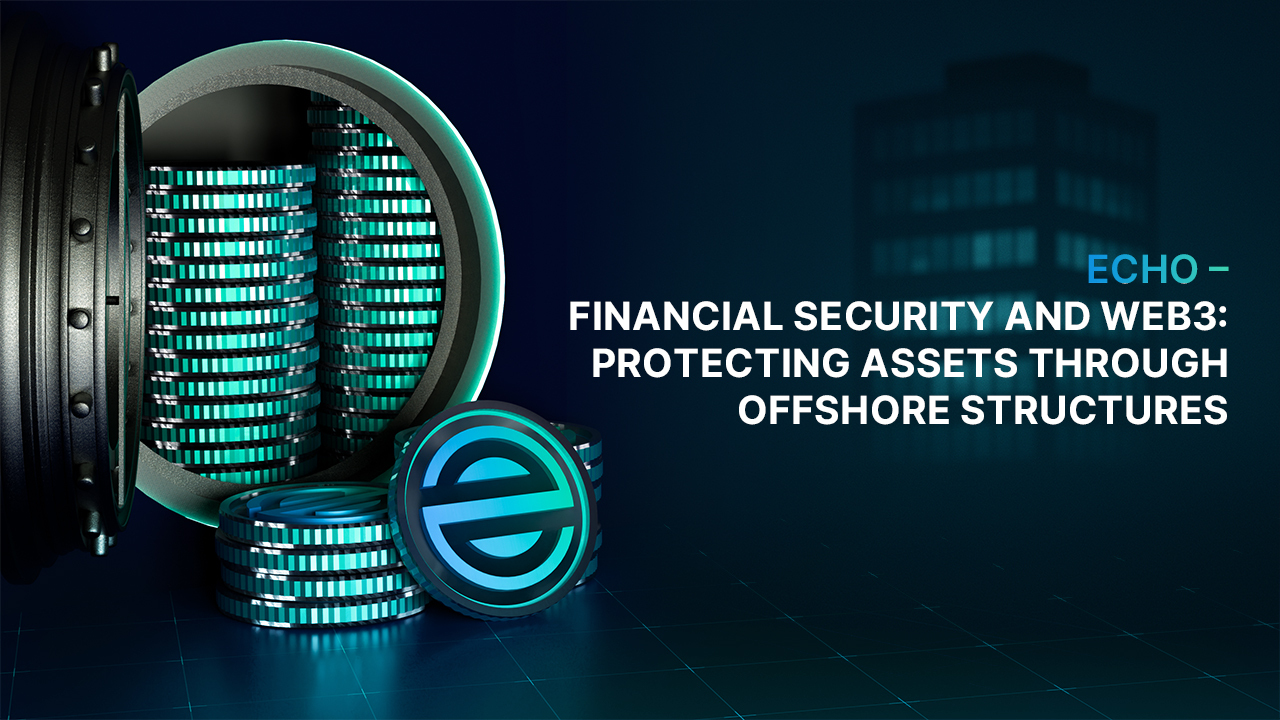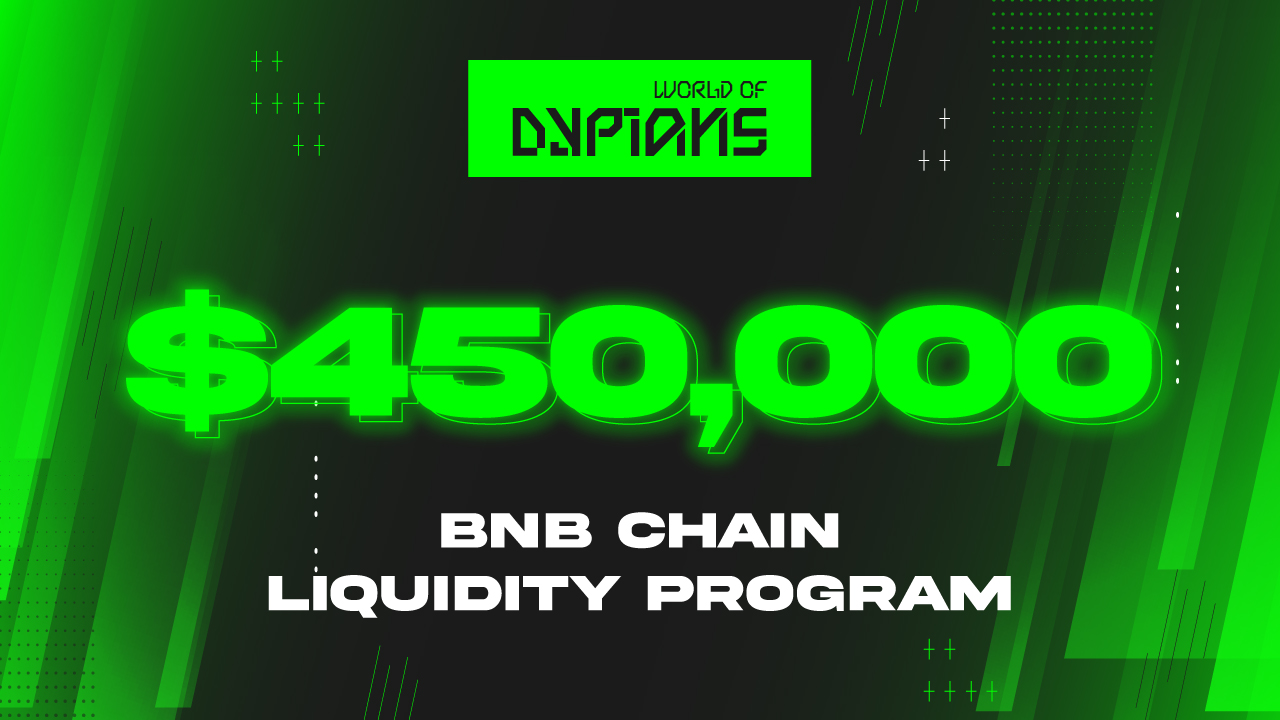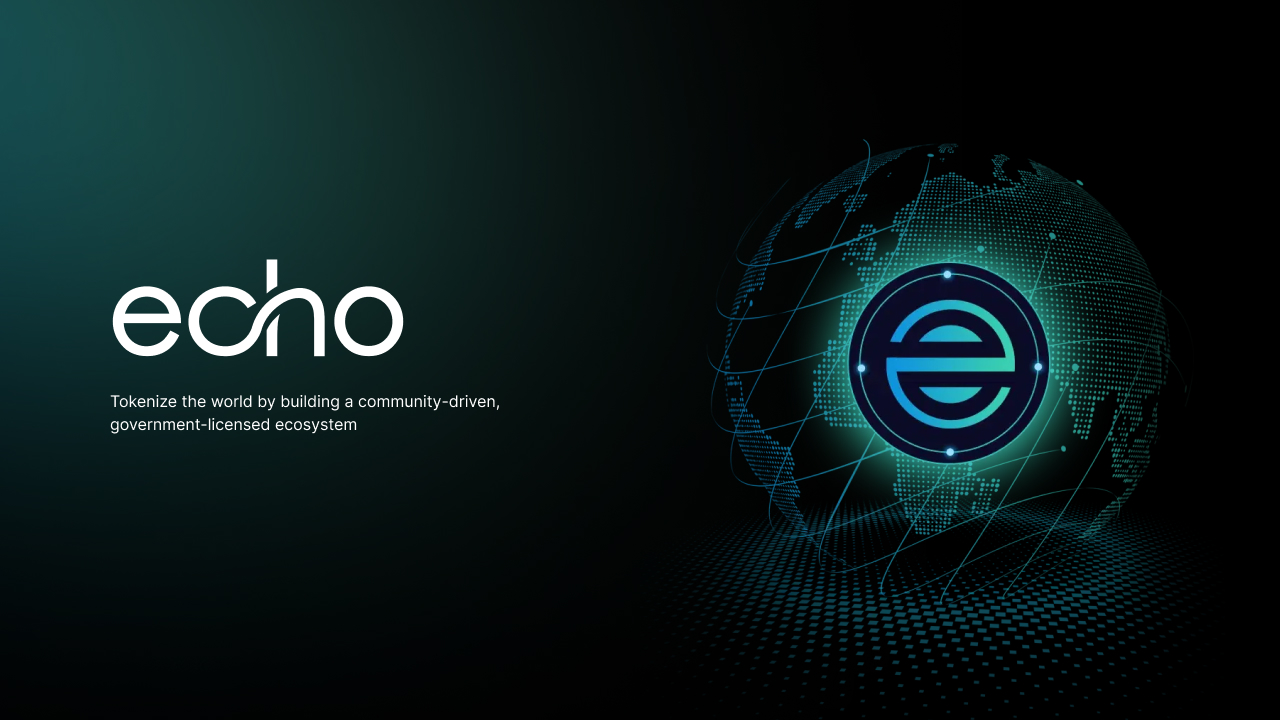
The launch of Echo Exchange introduces not just a new trading venue but a broader architecture for digital asset management. The project combines yield generation, community governance, and structured custody into a unified ecosystem. As part of this infrastructure, Echo brings forward a solution designed to address one of the industry’s most persistent challenges: asset […]
The launch of Echo Exchange introduces not just a new trading venue but a broader architecture for digital asset management. The project combines yield generation, community governance, and structured custody into a unified ecosystem.
As part of this infrastructure, Echo brings forward a solution designed to address one of the industry’s most persistent challenges: asset security in uncertain jurisdictions.
Echo is backed by its legal designation as a Virtual Asset Service Provider under the Isle of Man’s regulatory regime. The ecosystem integrates a Protected Cell Company (PCC) structure called Echo Elite. This is an optional but pivotal component for users seeking structured digital asset custody tied to enforceable legal protections.
What Echo Is Announcing
As of May 2025, the Echo Exchange will be live. This launch will include:
- EchoX, a centralized exchange focused on accessibility and onboarding
- Echo’s real-yield model, distributing platform fees to token holders in USDC
- The initial release of Echo Elite, a PCC-based framework for asset custody
- The public sale of the ECHO Token, the ecosystem’s native governance and yield-bearing asset
While many exchanges emphasize front-end interfaces or token incentives, the Echo’s strategy is different. The announcement centers on the full-stack design of its ecosystem – particularly how legal infrastructure underpins user protections.
Introducing Echo Elite: Structured Custody
Echo Elite is Echo’s most compliance-centric module. It introduces Protected Cell structures, a mechanism traditionally used in finance to isolate client assets legally and operationally. Within the Echo ecosystem, user accounts can opt into a custody model that offers greater legal clarity and jurisdictional insulation.
PCCs enable the separation of Echo’s own operating capital from user funds. This becomes increasingly important as tokenized asset classes enter the platform’s offerings in later phases. This also applies to real-world asset (RWA) representations like stocks or real estate.
The approach reflects a broader theme: Echo’s attempt to bridge blockchain functionality with traditional financial safeguards.
Real Yield and Exchange Fee Sharing
Security is only one part of Echo’s user-facing model. The ECHO Token acts as the backbone of a real-yield mechanism, wherein:
- 50% of all trading fees from both EchoX and Echo Pro are distributed daily to token holders in USDC.
- 10% of platform revenue on a daily basis will be used for buying and burning ECHO tokens. The strategy aims to gradually decrease circulating supply.
This model will be non-inflationary. There will be no staking rewards of synthetics or emission of tokens. Yield will be linked straight to the platform’s actual usage. This feature will make the yield more predictable and sustainable than most incentive designs in the digital asset ecosystem. Participation is simple: users activate yield by transferring tokens into a dedicated savings account inside their Echo dashboard. Funds remain liquid and accessible.
The Token Structure
Echo’s tokenomics are deliberately conservative. Key figures include:
- Total supply: 1 billion ECHO
- Burn target: 500 million (deflation ends at this point)
- Public sale allocation: 2%
- Community Foundation: 30% (non-transferable and permanently locked)
- Team allocation: 20% (long vesting schedule)
- Liquidity allocation: 15%
- Remaining tokens divided across marketing, seed investors, and gamified whitelist initiatives
Importantly, the Community Foundation – which holds the largest share – operates under a binding legal obligation to never sell its tokens. Rather, it only exists on yield, which gets invested in governance-sanctioned ecologics like education, collaborations, and product development.
The design intends to discourage speculation as a first point. Also, it aims to encourage long-term alignment between platform success and the fate of the token holders.
A Platform Built for Traders
Echo’s design consists of two interfaces:
- EchoX, a consumer-friendly exchange, focuses on simplicity, pair trading using stablecoins, and seamless execution. It addresses first-time users and inexperienced traders not interested in complicated trading schemes.
- Echo Pro, launching in Phase 2 (Q3 2025), provides advanced features for trading: charting tools, stop-loss, leverage, and API connectivity for institutional and power users.
Both sites, in spite of their varying user interfaces and user bases, share a common Scala-based matching platform. This tech is optimized for concurrency, throughput, and speed. They also share backend infrastructure written in Go, with front-end deployment via Next.js for a responsive and consistent user experience.
The Technology Behind the Custody
Security isn’t limited to user-facing features. Echo’s wallet architecture employs:
- Multi-Party Computation (MPC): for distributing key control among several parties
- Tiered wallet models: hot, warm, and cold storage
- Hardware wallet compatibility
- Biometric access and passkey authentication
AML/KYC procedures are managed by Amazon Cognito, which simplifies user identity verification. The goal is to maintain high compliance standards without degrading onboarding speed. In fact, the latter is a known bottleneck in exchanges that rely on manual reviews.
Together, these systems support Echo’s goal of creating an ecosystem where users can interact securely without compromising on usability.
Governance and Jurisdiction
Governance within Echo relies on both ownership of the tokens and clear jurisdictions. Token holders are able to:
- Voting on how funds are spent in the Community Foundation.
- Develop and rank new product features.
- Approve partnerships and listings of tokens through a formal proposal procedure.
But what distinguishes Echo from other projects is that it relies on legal entities to enforce these institutions. It doesn’t utilize symbolic DAOs for governance or soft consensus. Rather, decisions, particularly those regarding funding of the ecosystem, are carried out by a foundation. This entity possesses a well-defined charter and binding fiduciary responsibilities.
The approach emphasizes establishing trust with those who are not willing to engage with DAO-based systems that lack enforceability.
Echo’s Roadmap
Rollout for Echo is phased deliberately to maintain product stability:
- Phase 1 (May 2025): During this phase, there will be the EchoX launch, the ECHO token ICO, and the soft launch of Echo Elite.
- Phase 2 (Q3, 2025): Following this, there will be efforts to accomplish the full Echo Pro launch. We must include mention of trading bot implementation, community governance platform, and IEO launch.
- Phase 3 (2026): Derivatives trading, social trading, inclusion of real-world assets, tokenized mutual products, and securities
- Phase 4 (2027): Full RWA brokerage capabilities, integrated neobank products, and payment rails.
All the phases leverage the preceding one by adding platform sophistication.
Bottom Line
Echo’s product lineup combines high-frequency trading, user real yield, and solutions that take jurisdictions into account. Echo sees itself as a platform where economic incentives and legal architecture converge.
With its rollout, Echo joins a small group of initiatives that are geared towards developing new tools for trading. The team is focused on reconsidering the function of regulation and structure in crypto asset custodianship.
The project’s official website is a good source of information to learn more about Echo and its growing ecosystem. You can follow the team on the social media pages if you wish to follow Echo’s development: X (Twitter) | Telegram | Discord.







